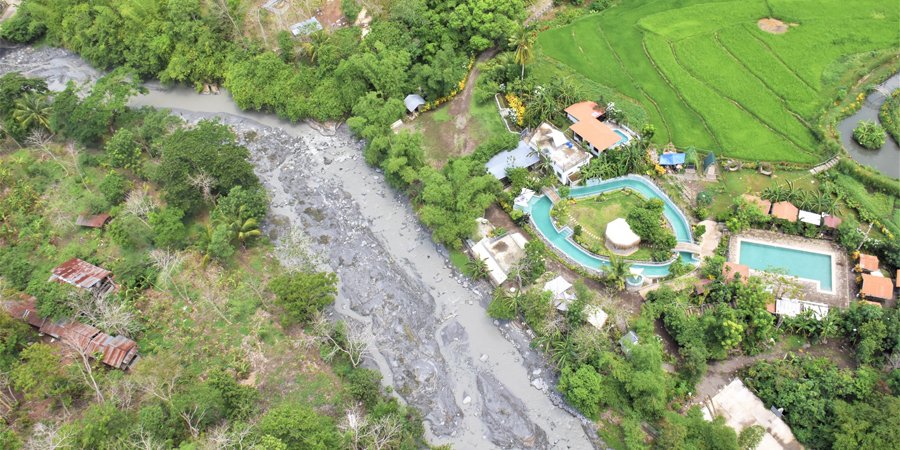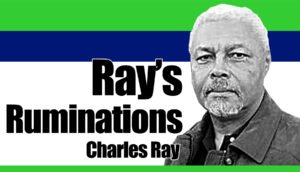• GILBERT P. BAYORAN
Forced evacuation was again implemented yesterday in three barangays of La Castellana, because of heavy rains and mud flow.
Mayor Alme Rhummyla Nicor Mangilimutan said those who were evacuated were residents from barangays Biak Na Bato, Masulog, and Cabagnaan.
She said that 54 more individuals were added to the list of displaced town residents, who are now staying at La Castellana South Elementary School.

Mangilimutan led the town officials and policemen in hauling and distributing DWSD food packs, containers filled with potable water, sleeping and hygiene kits, medicines and vitamins, among other items, to the displaced residents.
The provincial government also provided them with modular tents.
Mangilimutan reported that more than 1,400 families, composed of 4,000 individuals, are now staying in nine evacuation centers in La Castellana.
The recently evacuated individuals were rescued by municipal government vehicles.
RESPIRATORY AILMENTS
Meanwhile, some residents, affected by the eruption of Mt. Kanlaon, are suffering from respiratory illness such as sore throat, coughing and allergies as well as hypertension due to sulfurous odor and ash fall.
Dr. Ma. Girlie Pinongan, provincial health officer, said yesterday that they have been conducting medical consultations regularly among displaced individuals, who are staying in evacuation centers.
The affected residents have been provided with hygiene kits, medicines and face masks, she added.
Following the volcanic eruption on June 3, coarse ash fall was observed in six local government units surrounding Mt. Kanlaon, and sulfurous odor was felt in eight other localities, according to the report of the Provincial Disaster Risk Reduction and Management Council of Negros Occidental.
As of June 10, some 1,237 families, composed of 4,190 individuals from barangays Masulog, Biak na Bato, Mansalanao, Cabagnaan and Sag-ang in La Castellana, are staying in evacuation centers.
Pinongan said that among the five LGUs they had visited to conduct medical consultations, it was in La Castellana, where some residents complained of sore throat, allergies and other respiratory ailments due to sulfurous odor.
However, the cases are still “manageable”, she added.
Pinongan said that the Provincial Health Office and the Department of Health dispatched sanitary inspectors to check and conduct testing on sources of water in areas affected by the lahar flow and of faucets in evacuation centers to ensure that there will be no outbreak of gastroenteritis cases.
Medical personnel of PHO, various city health and municipal health offices and Philippine Coast Guard are augmenting the medical staff of La Castellana in the conduct of consultations among the evacuees.
Since Wednesday last week, the public have been also strongly warned against the use of water contaminated by lahar.
To provide clean water, the Office of Civil Defense-Western Visayas has deployed a water filtration truck in La Castellana, which will stay in Negros Occidental for two weeks.
The water filtration equipment can produce 50,000 liters of water per day to serve the population affected by the eruption of Mt. Kanlaon.
Various LGUs, the Philippine Red Cross and other private organizations have also provided La Castellana residents with clean and potable water.
Meanwhile, the Mt. Kanlaon Natural Park (MKNP) Office of the Protected Area Superintendent declared on June 11 a no-fly zone within the volcano’s four- to six-kilometer permanent danger zone.
In an advisory, Dennis Piñosa, MKNP protected area superintendent, said the measure is essential to prevent disturbances to the wildlife inhabiting the protected area.
Consequently, all drone activities within the specified area are strictly prohibited, he added. | GB




